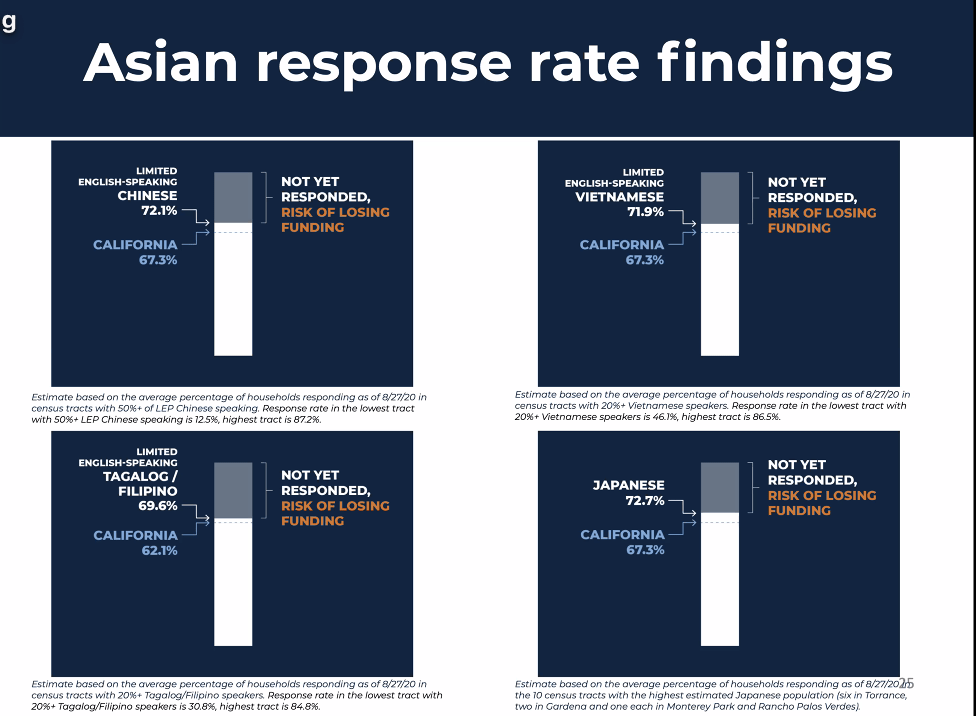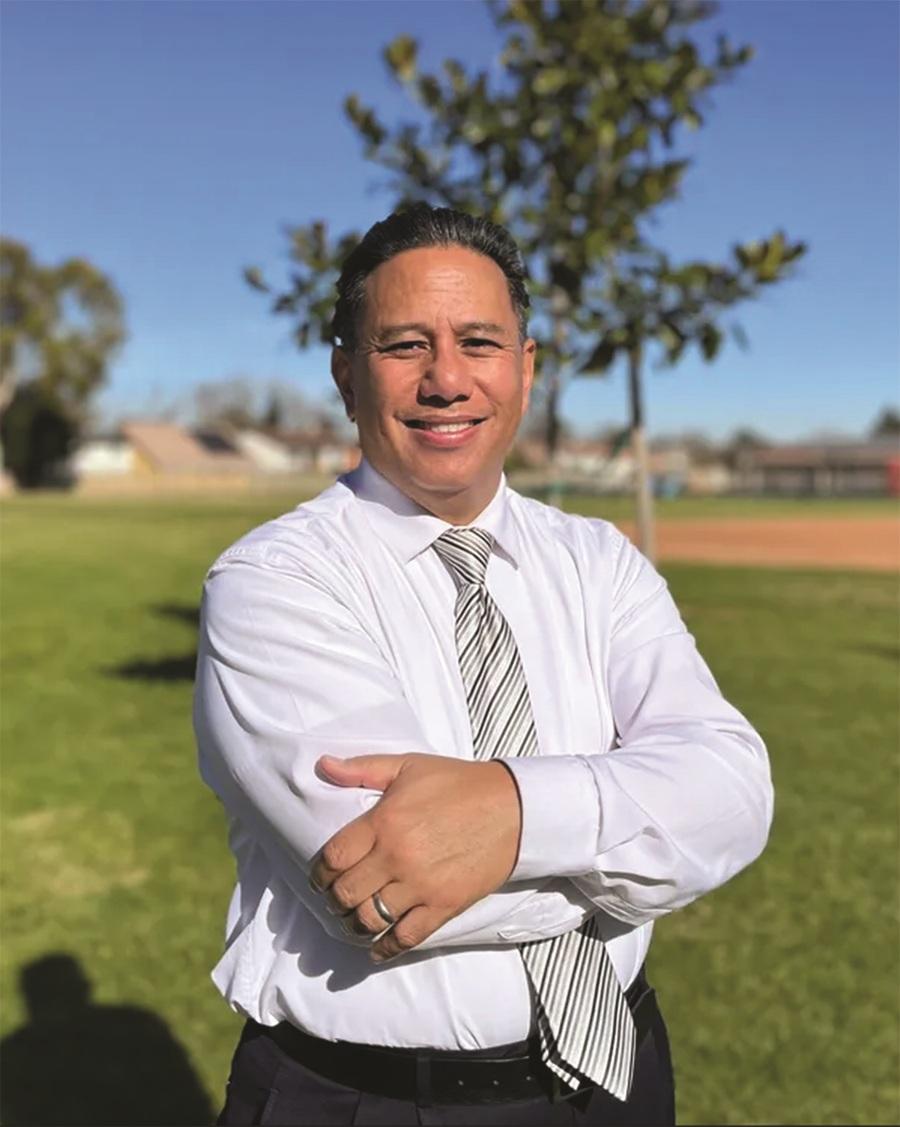With the 2020 Census response rate for Tagalog-speaking households in Los Angeles County at 69.6%, Filipino American community members are still encouraged to fill out their questionnaires before the deadline at the end of September.
Heading into the final month, households identified as Tagalog/Filipino-speaking responded at a higher rate than the county’s 62.2% average, according to data compiled by the census unit at the LA County CEO’s office.
Asian American groups combined are responding at higher rates than the county and statewide (67.6%) averages.

“Our Asian American communities are doing slightly better than the county and statewide rates in census tracts with about 50% Asian population, and we’re seeing the average response rate around 71.6%,” Jason Tajima, principal analyst with the LA County CEO office’s census unit, said during a press briefing on Thursday, September 3.
Disaggregated data from the county further shows that the Fil-Am community lags behind other Asian-speaking respondents, such as Japanese (72.7%), Chinese (72.1%) and Vietnamese (71.9%) households.

Despite the progress among Asian Americans, officials and community organizations are doubling down on the final push for responses in certain census tracts and in historically undercounted communities, which stand to lose vital resources if they don’t fully participate in the count.
“However, this does mean that almost three out of 10 households in these tracts still have not responded. So, we really need to still do a lot of work in this last less than four weeks,” Tajima said.
The U.S. Census Bureau is ending all counting efforts, which include door-knocking, phone banking and other digital outreach, on Sept. 30, a month earlier than previously planned.
LA County continues to be the hardest-to-count region in the United States and COVID-19 has made in-person collection efforts more difficult, especially for communities of color, which have traditionally been reached at local gathering places, such as markets or places of worship.
The decennial count, which can be completed by mail, on the phone, or online, guides how federal agencies distribute more than $675 billion in funds each year.
“For one, we want to be able to provide enough services for everyone [who] are residents in the county and two, businesses and government can plan where to create more jobs,” Fesia Davenport, acting county CEO, said on Thursday, adding, “The funding that makes this county function is basically in many ways dependent on the census.”
In-person efforts for non-response follow-ups began on August 11, but communities continue to be hesitant to open their doors for fear of contracting COVID-19 or are unsure if the census taker is legitimate.
“If they have the ID and whatnot, then it’s pretty clear what Census Bureau workers look like and they can actually call the local regional office to make sure that person is indeed a Census Bureau representative,” said June Lim, Demographic Research Project Director, Asian Americans Advancing Justice | Los Angeles.
Officials continue to remind county residents that it’s not too late to fill out the census before September 30 as taking 10 minutes to respond will provide lasting effects for the next 10 years.
“Not filling out your census literally means you are throwing away money for your neighborhood and for your community, and that’s why we need everyone to fill out the census form and be counted today. Not tomorrow, not next week, not next month — we don’t have that kind of time,” Davenport said. “Communities and families are running out of time to be counted and to be heard.” (Christina M. Oriel / AJPress)






